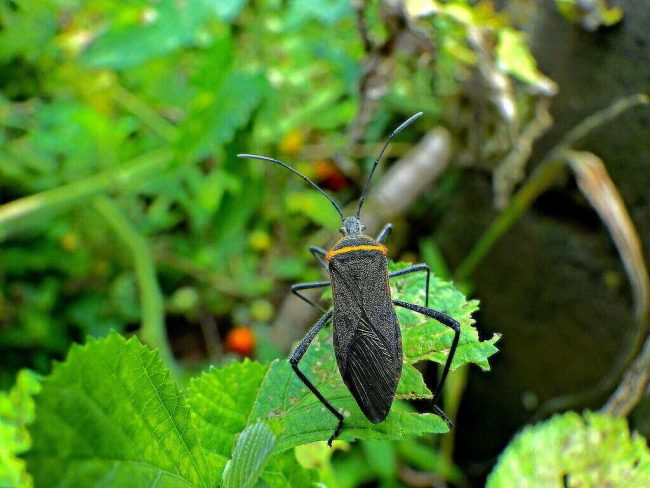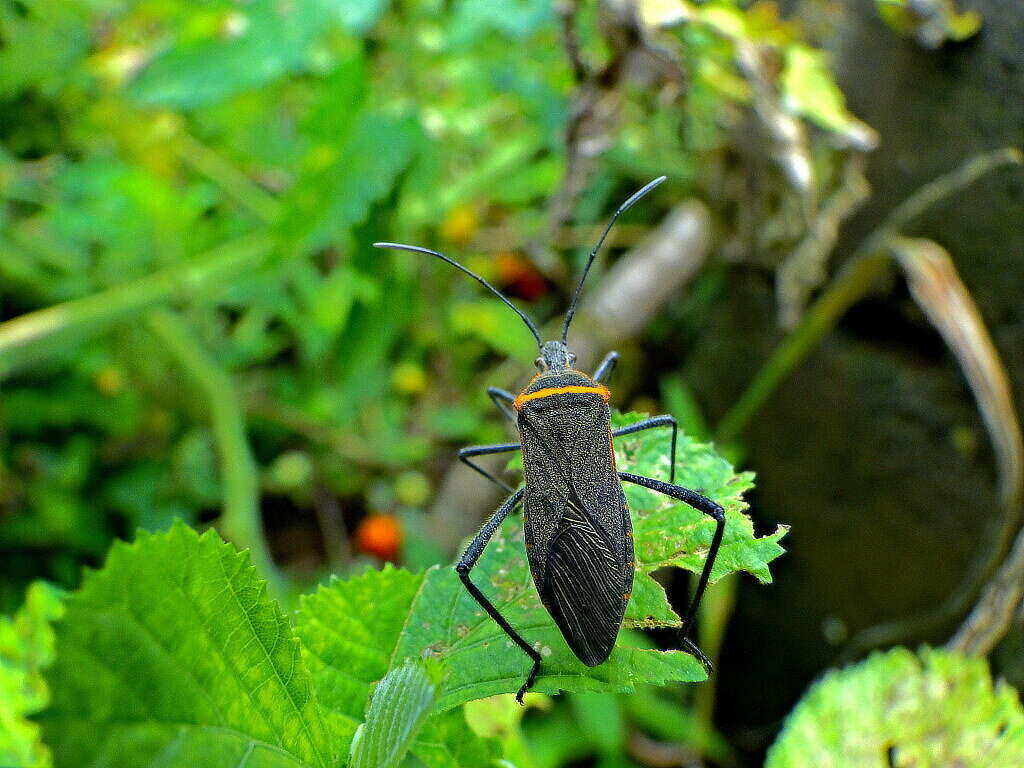|
Getting your Trinity Audio player ready...
|

The Triatomine, or kissing bug, is an insect that carries the Chagas disease. The disease causes about 11,000 global deaths a year.
It is called the kissing bug because it normally bites one around the eyes or nose. These insects harbor parasites and transmit them to a person through the bite.
Since blood is the bug’s main food supply, the bites might not be noticed when they happen. The small insect wants to continue to come back, and if they are noticed, the person will take precautions to prevent it from returning. Most people report that being bitten does not hurt.
 Although the bug bites many people, animals can also be infected by the insect. This happens when the kissing bug bites the animal or the animal ingests it. Once it bites, it puts feces into the wound. If it is ingested, the excrement and parasite travel straight to the bloodstream.
Although the bug bites many people, animals can also be infected by the insect. This happens when the kissing bug bites the animal or the animal ingests it. Once it bites, it puts feces into the wound. If it is ingested, the excrement and parasite travel straight to the bloodstream.
There are 11 species of kissing bugs found in the U.S. They are most commonly found in Arizona, Texas, and New Mexico.
A research team collected blood from 8,500 donors to compare mortality rates between those infected and those not. This study was conducted for 14 years. They found that more people died who had the Chagas disease than those who did not. They also learned that most of the people who died from the disease were not aware they were infected.
Co-leader of the Brazilian University study team, Dr. Ester Cerdeira Sabino, said those infected by the bug’s bite were two to three times likelier to die than those uninfected.
These insects must be identified as soon as possible because the kissing bug is more common than people know. This is because the spread of the bug’s disease is common, but it often goes unnoticed.
Its size and markings can identify the kissing bug. It ranges in length from 3/4 inch to 1 1/4 inches. It also has a band around its body that is marked with red or orange stripes. Before the bug bites, it is flat. After biting, it becomes inflated with blood and takes on a spherical shape.
Once the kissing bug bites, it transmits a parasite from its digestive system, which can ultimately lead to death for the victim of the bite. The parasite eats away at the heart tissues and eventually causes the heart to fail.
Two stages can come from the bug’s disease: Chronic and acute. Both are harmful; however, one lasts longer than the other.
Acute Stage Symptoms in Humans:
- gland swelling
- itching
- hives
- rashes
- diarrhea
- shortness of breath
- fainting
- nausea
- heart or kidney inflammation.
Acute Symptoms in Animals:
- depression
- fever
- diarrhea
- lethargy
- poor appetite
- and sometimes sudden death.
Chronic symptoms could include the same things previously listed, but they would last much longer.
The CDC made recommendations on how to keep the kissing bug out of homes. Some include; removing wood, rocks, and brush near the house, sealing any cracks in window seals or door frames, and making sure there are no holes in the window screens.
If one finds a kissing bug, they need to make sure it is contained promptly. First, capture the bug by using a plastic bag or gloves to avoid any direct contact. Next, store it in a covered container or vial, and freeze it. Finally, clean the area the small insect came in contact with by using a bleach solution.
If the insect comes in contact with skin, it may cause serious symptoms. The signs of the disease may vary depending on the person. If anyone has symptoms, they should immediately seek medical attention.
Written by Trinity Oglesby
Edited by Jeanette Smith and Cathy Milne-Ware
Sources:
The Bug Squad: Kissing Bug Facts and Disease Information
Texas A&M University: What to do if you find a kissing bug
WTKR: ‘Kissing bug’ disease more deadly than thought
Morning Ticker: The shocking truth about the ‘kissing bug’
Nebraska TV: Pet Doc: Kissing bug disease
CNN: Just how deadly is the kissing bug?
Featured and Top Image Courtesy of José Pablo Orozco Marín’s Flickr Page – Creative Commons License
Inset Image Courtesy of AFPMB’s Flickr Page – Creative Commons License



